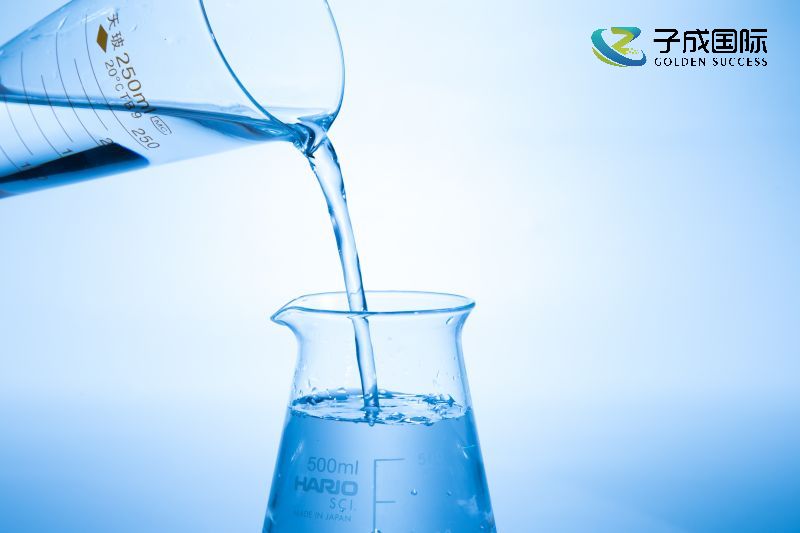Leveling agents reduce surface tension, making it easier for coatings to wet substrates and reducing interfacial tension between coatings and substrates. Enhance the fluidity of the coating in the horizontal direction, enabling the coating to quickly reach a uniform state. Some leveling agents can also indirectly improve the leveling effect by affecting the solvent evaporation rate. By filling small pores or adjusting surface tension gradients, phenomena such as pinholes and orange peel can be reduced or eliminated.

So choosing the appropriate leveling agent and scientifically designing the formula is an important step in ensuring that the coating performance meets the expected goals. Select the appropriate leveling agent based on the type of base material, solvent system, and construction conditions of the coating. Balance the leveling effect and cost, avoiding excessive addition that may lead to increased costs or decreased performance. Priority should be given to environmentally friendly leveling agents with low VOC (volatile organic compound) content, non-toxic or low toxicity.
Understand the chemical structure, solubility, viscosity and other characteristics of the base material to select the appropriate leveling agent. The evaporation rate and solubility of solvents can affect the effectiveness of leveling agents and need to be considered comprehensively. Factors such as temperature, humidity, and coating method can affect the drying speed and leveling effect of coatings.
Mixing different types of leveling agents in a certain proportion can achieve synergistic effects and improve overall performance. Gradually adjust the amount of leveling agent added through small-scale and pilot tests to find the optimal ratio. Conduct performance tests on the adjusted formula, including leveling, glossiness, and weather resistance, to ensure compliance with requirements.

 English
English
 Chinese
Chinese Vietnamese
Vietnamese
 HOME
HOME
 PRODUCT
PRODUCT
 NEWS
NEWS
 CONTACT
CONTACT


